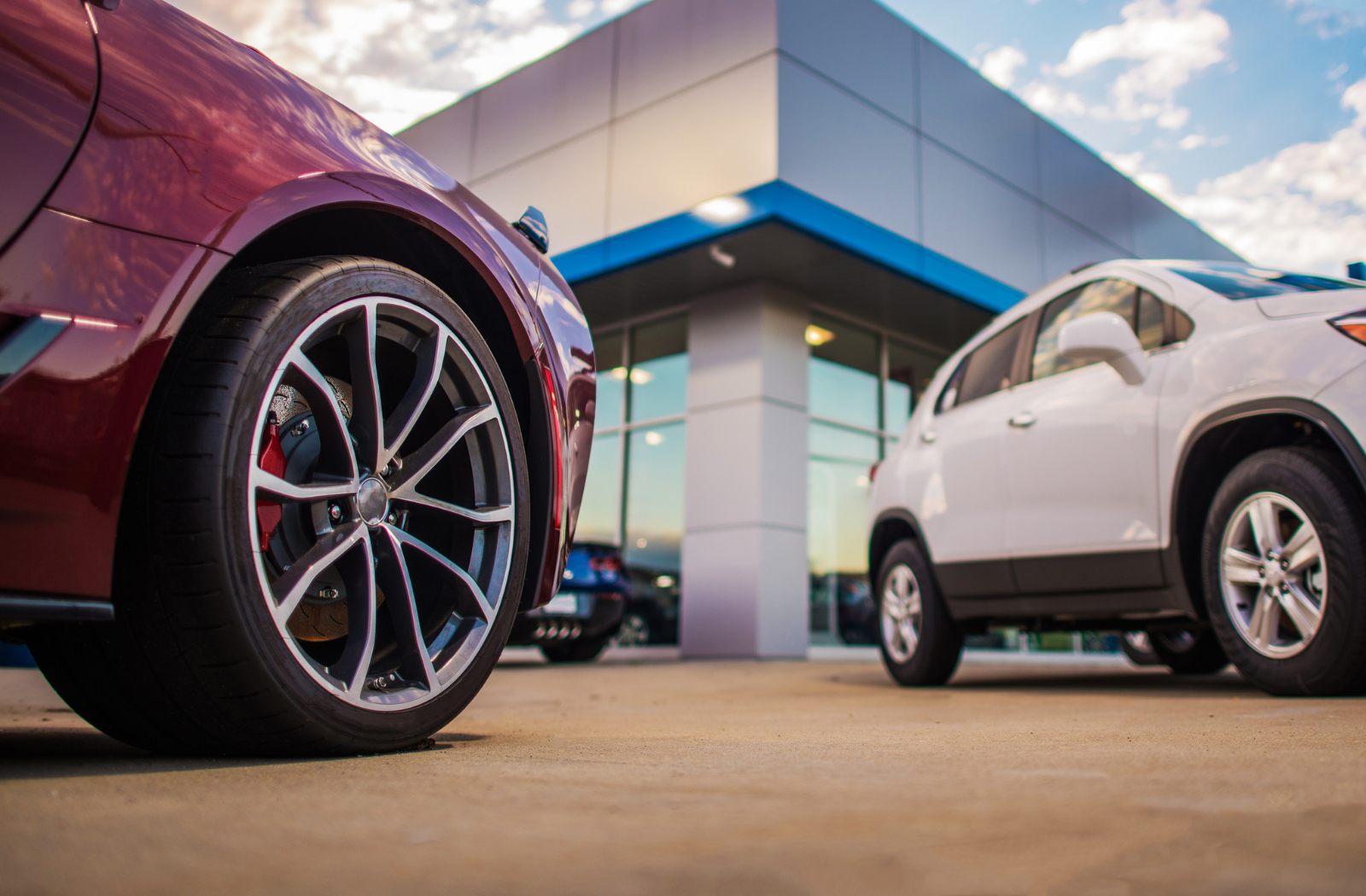Different Solutions For Different People
Here’s the short version: go with a well-vetted used vehicle unless you’ve got money to spare, and want to support either dealership or manufacturer. Especially in Canada, where the weather has been antagonistic to the population since the land was settled, vehicular value immediately erodes upon purchase.
Here are the points in favor of a used vehicle:
- Greater Potential For Profit Over Depreciation
- Decreased Initial Expense
Here are the points in favor of buying a new vehicle:
- It Looks Nice
- Dealer Warranties
Here are some points in negative for a new vehicle:
- Immediate And Extensive Depreciation
- Paying More Money Than Necessary
- Not Owning The Vehicle Until Financing Has Elapsed
Here are some points in negative for a used vehicle:
- Low Initial Vehicular Value
- The Potential For High Repairs
- Likely No Warranty
Depreciation Considerations
According to Carfax.com, you can expect vehicular value to erode more than 20% after the first twelve months of ownership, and drop an additional 10% a year on average after that. So if you purchased a brand-new, $78.5k (CAD) 2020 Corvette Stingray Convertible Z51 (check out the Jay Leno test-drive), it would be down to $48k after a year. It would go down around 10% a year after that. In five years, that Corvette is only worth $31k (CAD) if you bought new. If you’re paying that off in monthly increments at interest, by the time you fully own the vehicle, it may not be worth much; at the very least, you won’t get any profit selling it.
Another metric of value reduction is cents per mile. Expect a depreciation of about 8 cents per mile, US. In Canada, a dollar is worth 76 cents in the USA. So to round up, average a loss of 11 cents per mile, Canadian–it’ll actually be just a skosh over 10 cents, but averaging up will help you husband your resources.
That means on any vehicle you can expect $11k in depreciation per 100k miles (160,934.4 km). Canadians drive from 15,200 km to about 18,100 annually, on a given vehicle. So you see the $11k depreciation figure on mileage alone is about a ten-year estimate for the average Canadian. But you’ve also likely noticed that this is a bit under the 20% depreciation figure. That’s because other factors go into depreciation as well, and when you average them out, losses are higher.
Crunching the Numbers On Financing
So now that we’ve got the variables, let’s crunch a few numbers. The average Canadian monthly expense on a vehicle is between $490 and $570, depending on if you lease it or go the loan route. Let’s split the difference and call it $530 a month.
You’re paying $6,360 a year at that rate. In five years you’ve paid $31,800, Canadian. That’s just $24,168, US. So in the earlier Corvette example, if you sold the vehicle at full Blue Book value after five years of ownership, you’d have lost money.
Most vehicles are far less valuable than a Corvette. Now keep in mind, these figures don’t factor in interest directly, just to help you get your mind around it. Certainly this is all a bit complex!
Buying Used Vehicle Advantages
Meanwhile, if you buy used, you already know what you’re getting into. The sweet spot is about $6,200 to $12,400, Canadian, and between 70k and 160k km, depending on the make, model, wear-and-tear of the vehicle. Also, if you buy used, you want to buy outright. Financing a used vehicle will still include interest. It won’t take as long–no longer than two years at the average monthly payment and the used car “sweet spot” this paragraph specifies.
Still, it’s an iffy spot to be in when it comes to repairs. What you save in money and losses from depreciation in a used vehicle, you lose in terms of repairs. Used vehicles don’t come with a warranty, for the most part. Though if you get one with under 100,000 km, depending on manufacturer or dealer warranties, you may still have some “free” service available.
The Implications
Here’s where the rubber meets the road: if you buy used outright and get around two years of use from the vehicle at the rate supposed here, there will likely be some level of resale value left at the end of those 24 months, even if it’s only one or two thousand dollars.
You’ll be able to either get profit directly from selling the vehicle again, or indirectly from using it without any debt or depreciation in excess of your initial spending. Or put it this way: buy a beater at under a year’s depreciation losses, and you profit in the fullness of time.
It may be a bit of a chore to upkeep the vehicle, but you can definitely save. However, get much below $6,200 Canadian, and repairs may end up being more expensive than the vehicle’s value. That’s why you get a qualitative vehicle at between $6,200 and $12,400 with decent mileage.
What's Best For You?
In the end, which of these alternatives is best for you will depend on your situation. Unless you’re financially well-endowed, for most people, it’s much more sensible to buy outright and used in Canada, with an aim at seeing profit (directly or indirectly) after two years’ use.



